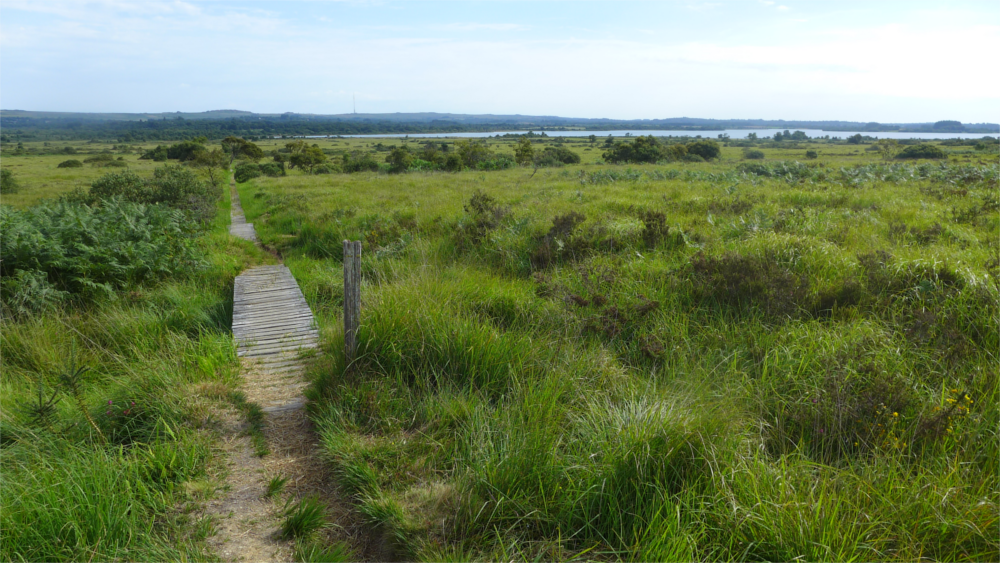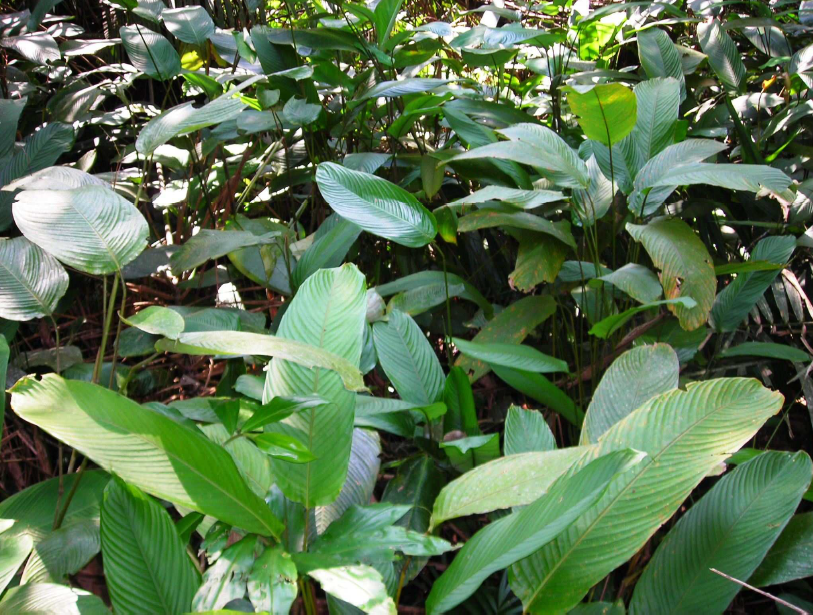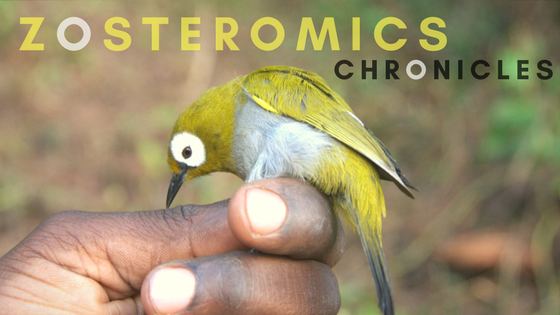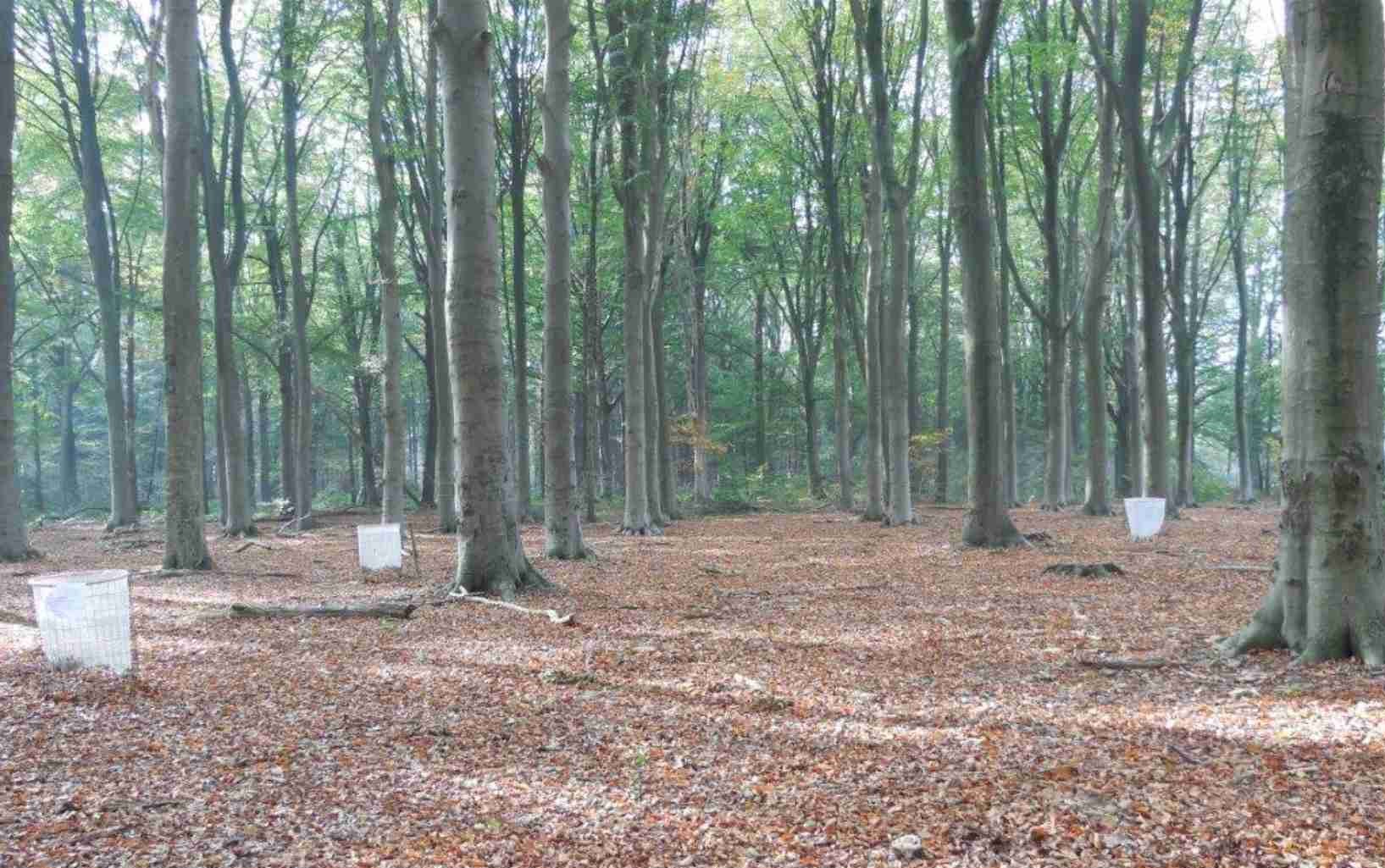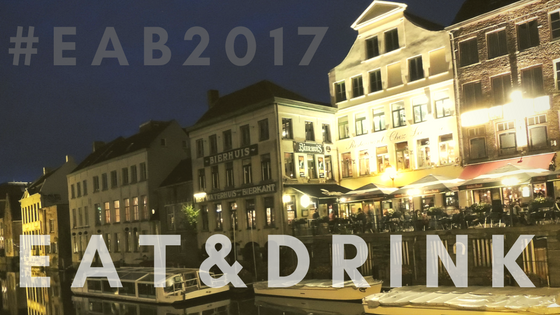A recent heated exchange emerged on the dynamic of local species richness. In other words if you track the number of species, say plants, in a specific meadow over 20 years, does this species number go up, go down or stay the same?
Until recently we had no information on these dynamics, most studies to this date have been using so-called space-for-time design to mimic the temporal dynamic. This can be illustrated as comparing the species richness of a protected meadow vs the species richness of a nearby city that was previously a meadow. The key points there is in finding proper reference points for local habitats that experienced changes or are currently under pressure. Two recent influential meta-analaysis (Vellend 2013 and Dornelas 2014) looked instead for studies that tracked the temporal dynamics of species richness. Both studies compiled a large number of sites worldwide and found no detectable changes, on average, in local species richness over time, this goes against some of the current crisis narrative of biological conservation and so sparked quite some heated debate.
In this (long) post I would like to retrace the main points of the papers in the chronological order of their publications and end up with some of my opinions on the topic.
Read More »Temporal changes in local species richness: going up, going down, going straight

